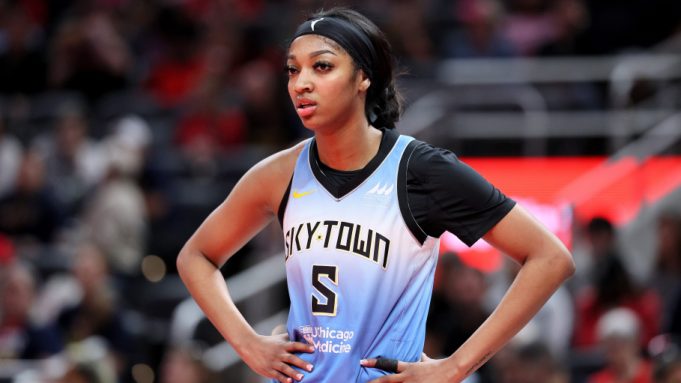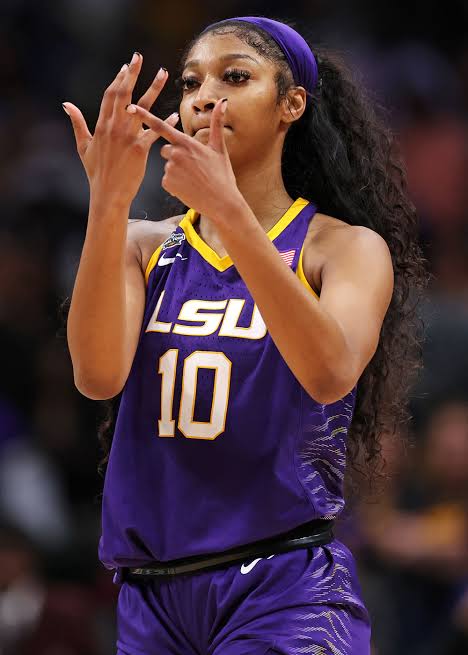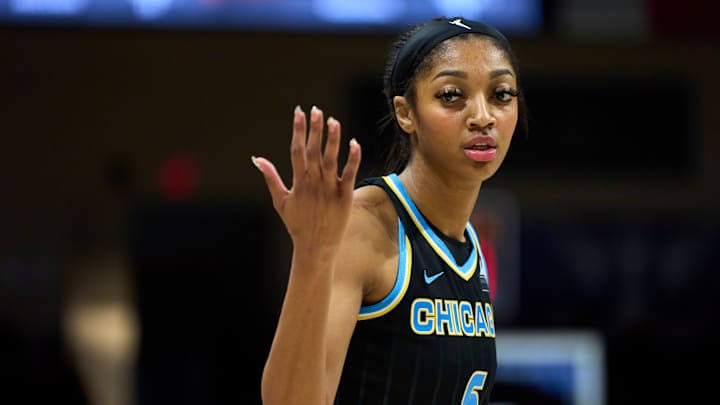Angel Reese’s comments about a potential WNBA strike highlight the growing tension between players and league management over salaries, revenue sharing, and working conditions. The root of this issue lies in the stark pay disparity between the WNBA and the NBA. While NBA players receive about 50% of league revenue, WNBA players only get 9.3%, despite the league signing a lucrative $2.2 billion media deal in 2024.
The financial strain forces many WNBA players to play overseas, often in riskier conditions, just to make ends meet. The introduction of Unrivaled, an alternative nine-week league with higher pay, shows how frustrated top players are with the WNBA’s current structure. If stars like Reese and others start prioritizing alternative leagues over the WNBA, it could weaken the league’s talent pool and leverage.
A strike would be a major turning point. It would pressure the WNBA to rethink its financial model, especially now that new investments are flowing in. If the league doesn’t address these concerns, it risks alienating both players and fans, while alternative leagues gain traction. The players’ union’s decision to opt out of the current CBA underscores how serious they are about securing real changes in wages and benefits.
The key question is whether the WNBA is willing to restructure its revenue-sharing model. If the league wants to retain top talent and grow its audience, it must align player compensation with the league’s financial growth. Otherwise, a strike—or mass player migration to other leagues—could be on the horizon.



